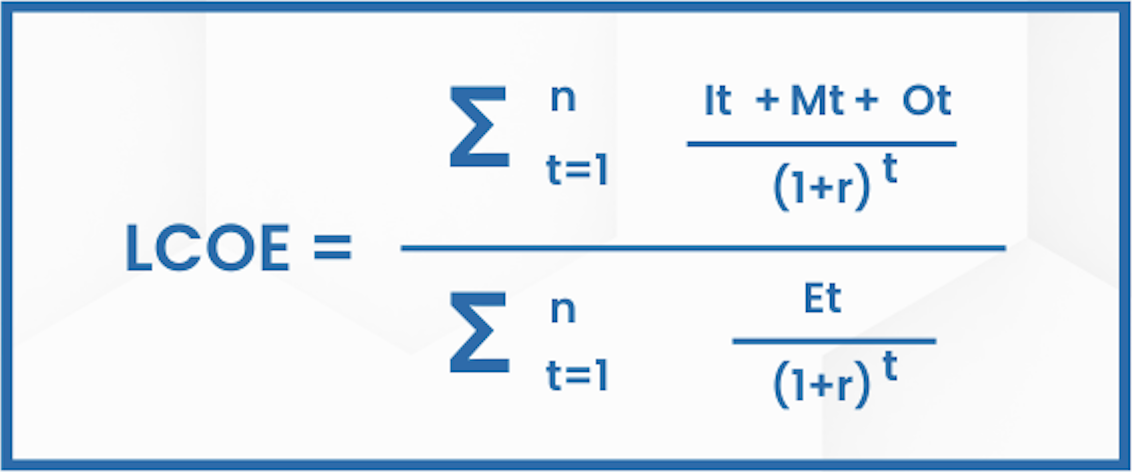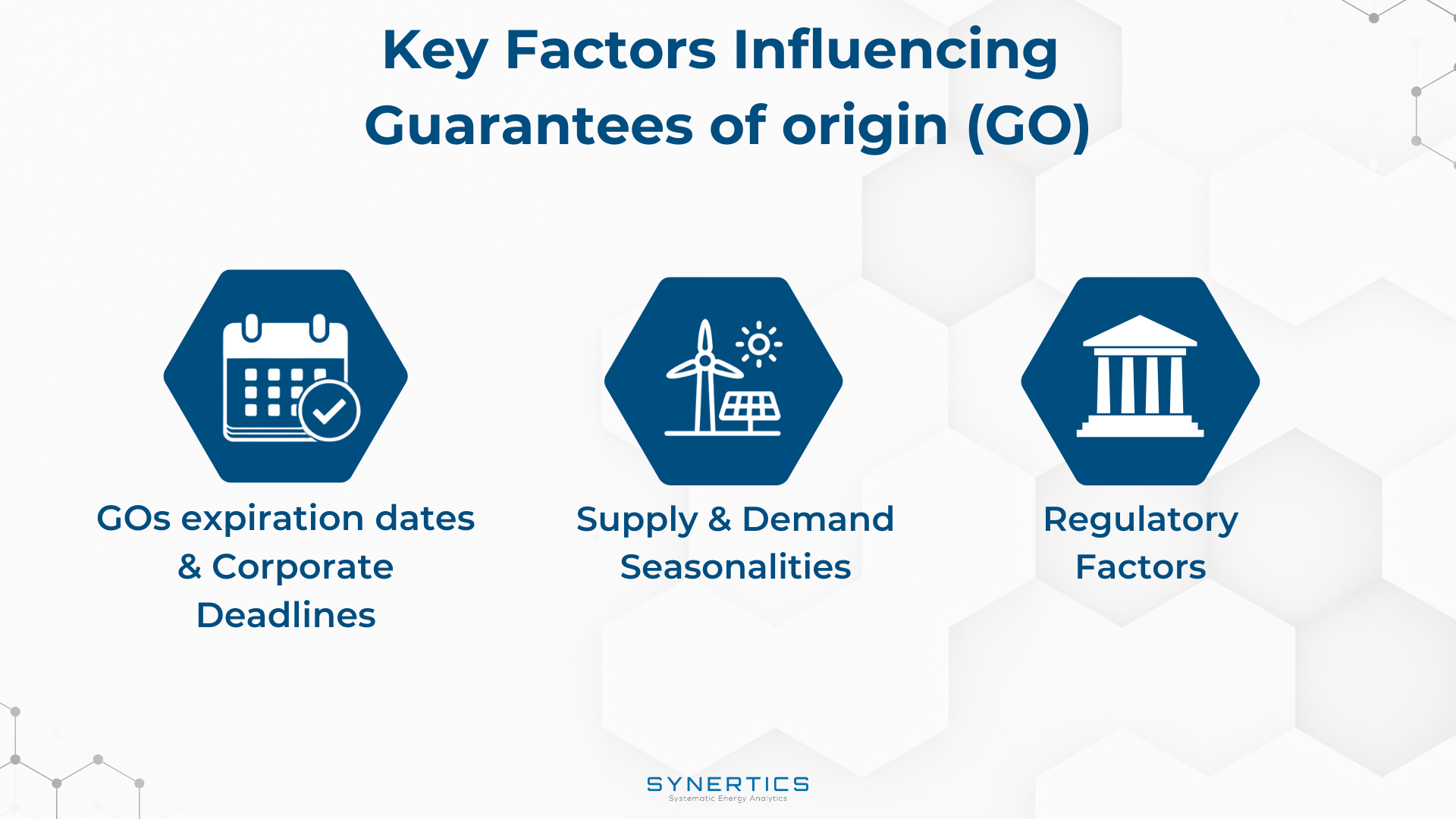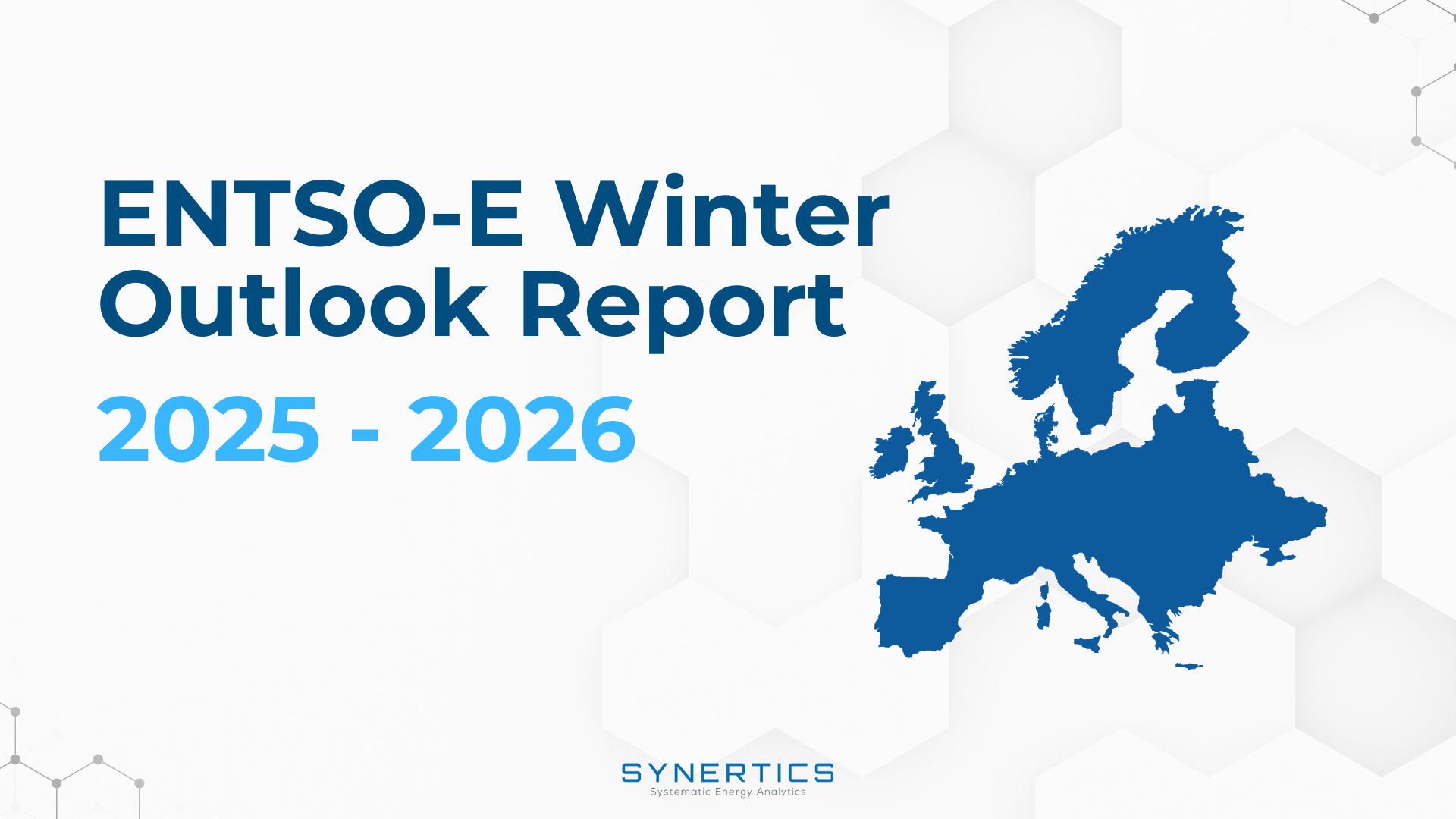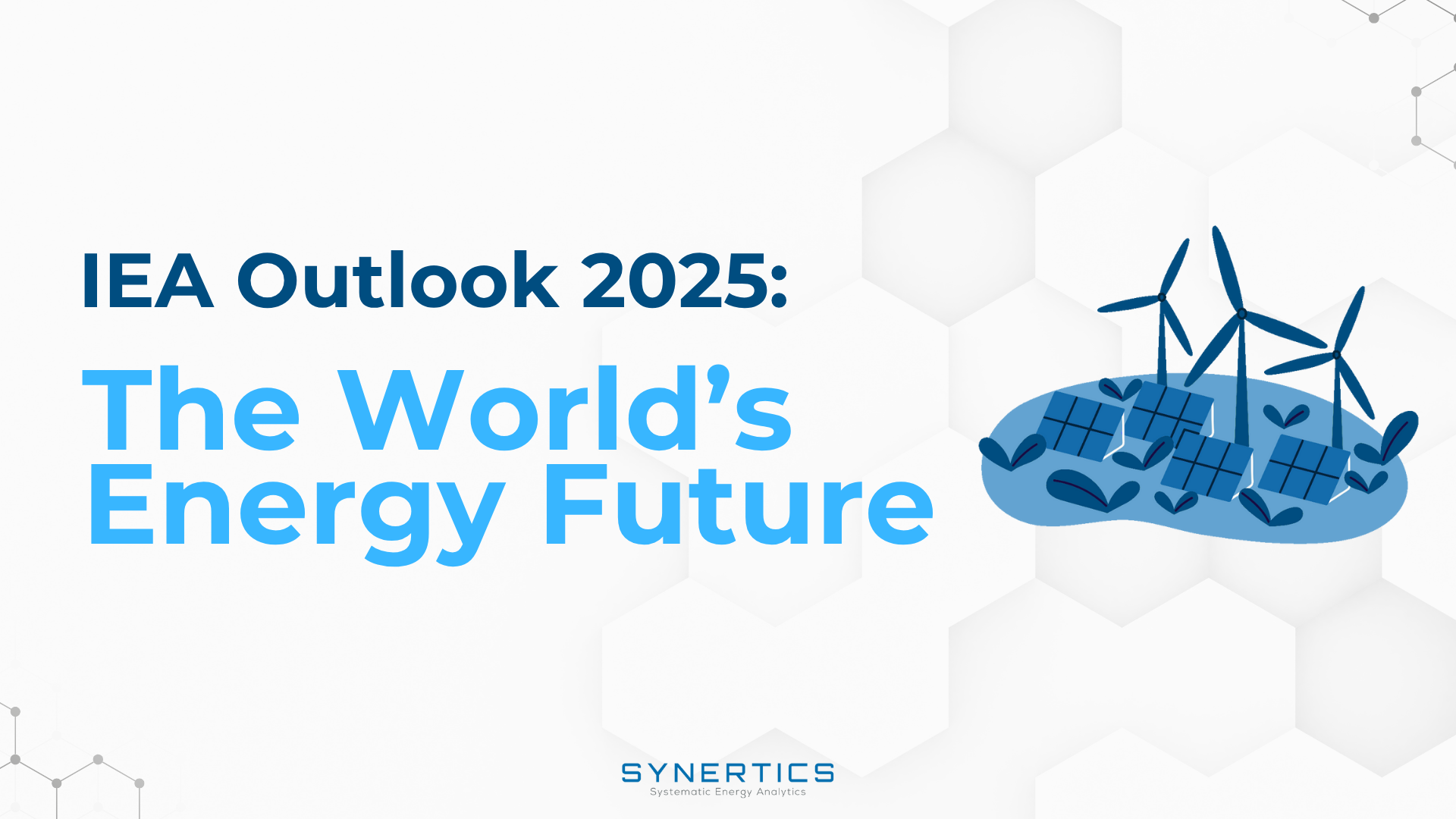Join us on our journey towards renewable energy excellence, where knowledge meets innovation.
When considering different investment options for an energy-producing asset, the Levelized Cost of Energy can help you examine the feasibility of what you have at stake.

Read through as we help you make an informed decision by highlighting its key features and which costs it covers.
The minimum average price that an electricity-producing asset requires in order to offset its investment and operational costs over its lifetime.
(Present value of total investment and operational costs) / (Present value of total generated electricity)
The total costs associated with the project:
It = Investment costs in year t
Mt = Operation and maintenance costs in year t
Ot = Other costs in year t
The total output of the power-generating asset will include:
Et = Electricity generation in year t
Important factors to be considered in the equation:
n = Life of the asset
r = Discount rate (the rate of return used to discount future cash flows to their present value)

Synertics provides advisory services and develops digital data-driven solutions for the energy industry with the purpose of driving productivity and transferring knowledge.

Insights, Market-trends
15th Dec, 2025

Insights
2nd Dec, 2025

Insights
19th Nov, 2025